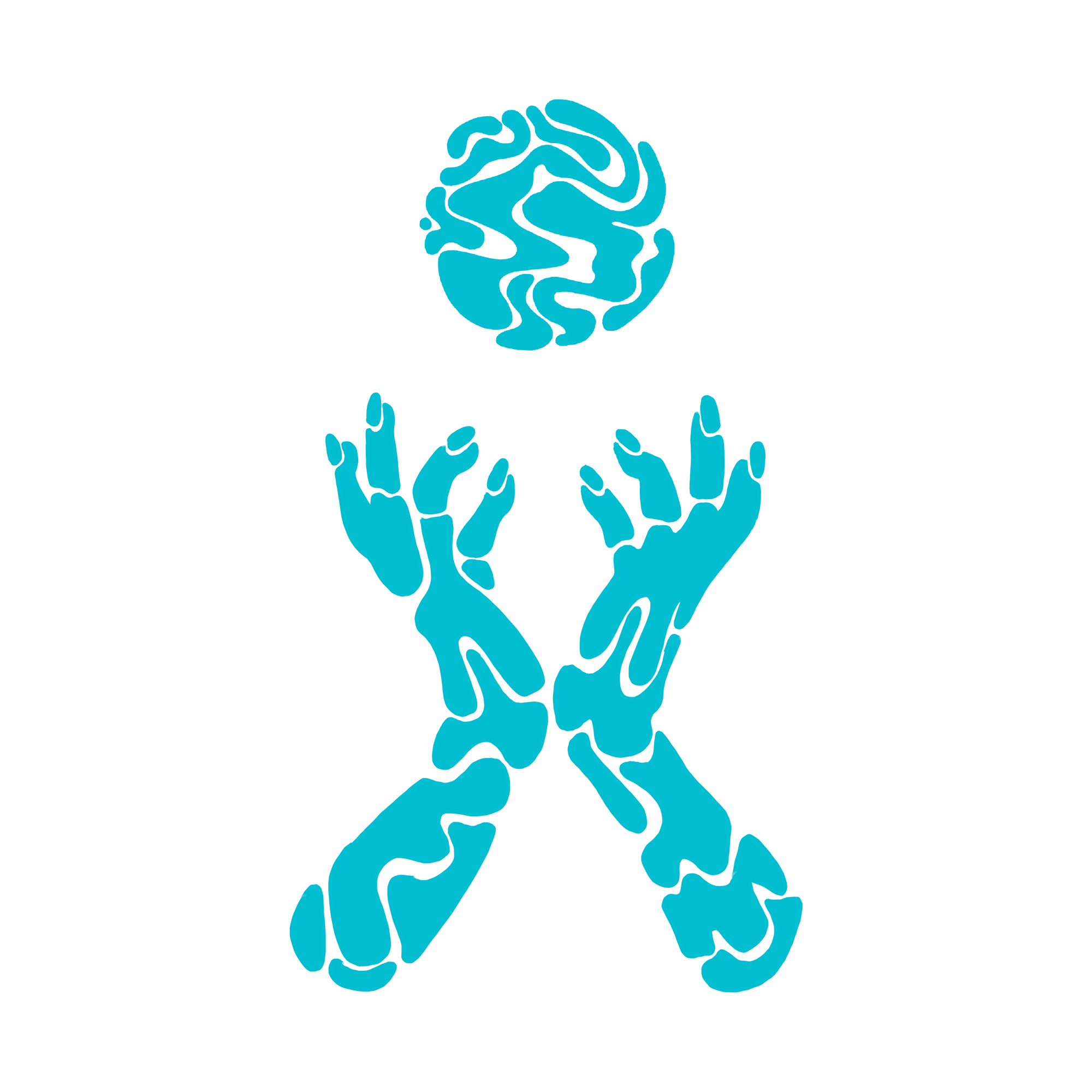
What we do
We are devoted to the collective work of getting free.
To leap into a future rich with collective wellbeing, we must pick up the mantle of freedom from our abolitionist ancestors. Not the individualistic freedom of America’s founding mythologies, but the interconnected freedom described by Fannie Lou Hamer, who reminded us: “Nobody’s free until everybody’s free.”
We know we belong to each other in our boldest imaginings. But unless we are tapped into the reality of our interdependence, we risk continuing to direct our energies at short-sighted, reactive, and siloed approaches that will fail to bring us any closer to the world we deserve.
Freedom’s Revival is Next River’s foundational body of work, laying the bedrock for a transformation in America’s cultural beliefs in, aspirations for, and behaviors of freedom over the long term.

What does it mean to get free?
Experiences
Freedom’s Revival Workshops
Our modular workshops introduce the framework of interconnected freedom and its four elements: mutuality, pragmatic faith, embodiment, and transformation. The workshops lean into somatic practices and connected experiences that help participants to unearth their own inherent knowledge of interconnected freedom, attune to it in their lives, and locate their work within it.
Each workshop is tailored to the specific needs of the participants and collaborators and includes a pre-assessment to shape our design and delivery.
The format is designed to be adaptable to in-person or online experiences that can happen across different timelines.
-
An adaptable, accessible format ranging from 60 minutes to two hours
-
That in-the-room magic with 90 minute, half-day, full day, or multi-day options available.
-
In-person experiences complemented with a series of virtual workshops.
Book a Workshop
Let’s get free together. We are committed to making these experiences available, so please do not let budget constraints stand in the way of reaching out.
Please get in touch to discuss pricing, booking, or any other questions you may have about our Freedom’s Revival workshops.
Experiments
Finding Home
In an unfree society, freedom must be made.
Next River is applying the principles of interconnected freedom to collective homeownership. Home is more than a dwelling, it is family and relationship, it is safety and belonging. And in an unfree world, strengthening community bonds is one of the most important freedom practices we have.
Finding Home considers capital, community, and climate to create possibilities for marginalized people to make freedom together. This work begins with a research and design phase to create a collective homeownership pilot for a group of Black women, guided by their experiences, dreams, and desires.
We have completed the first phase of research and are proud to share the initial findings here.
If you would like to support the future of Finding Home, please email: findinghome@nextriver.org.
Next River developed this research in collaboration with The Maven Collaborative.
Research
A Field Guide
Freedom’s Revival: Research from the Headwaters of Liberation is an inquiry into freedom and its possibilities. It seeks to explore the freedom that is central to all our struggles for justice, equality, and our planet’s survival. It seeks to recover a freedom unlike the one that has taken root in the United States.
Elements of Interconnected Freedom
-

Mutuality
The collective cares for the collective.
-

Pragmatic Faith
Trusting the universe to care for us, as we care for others.
-

Embodiment
The body remembers the way to freedom.
-

Transformation
Becoming the people who can build a free world.
Next River developed this field guide in collaboration with Ground Works Consulting.
Fellowship
Future Finders Fellowship
Next River is committed to supporting brilliant leaders and pathfinders paving the road toward our collective liberation, by removing the friction and barriers to get the resources they need to do their work. The fellowship is designed to create space for ideas to form and grow. With the emphasis on time for exploration and reflection rather than deliverables, this fellowship provides financial support for solo practitioners to advance their projects in whatever forms they deem valuable. The Future Finders Fellowship supports visionaries materially, so they can move us all forward spiritually into a future that sustains and heals us.
If you are interested in supporting this fellowship please email hello@nextriver.org.
-
Next River is proud to select Mariah Rankine-Landers—interdisciplinary artist, educator, and co-founder of Studio Pathways—as our first Future Finder.
Mariah’s project, Conceptual Practice in Relational Repair and Wealth Return, is a body of work on relationship-based repair between White-identifying wealth holders and Black women entrepreneurs, artists, and visionaries.
This project is rooted in Mariah’s expertise as a curriculum developer—with the creation of a learning journey and set of practices that can be put to use throughout a reparative process. The work, however, also extends far beyond pedagogy to comprise a transformative narrative of restorative repair in the United States.







